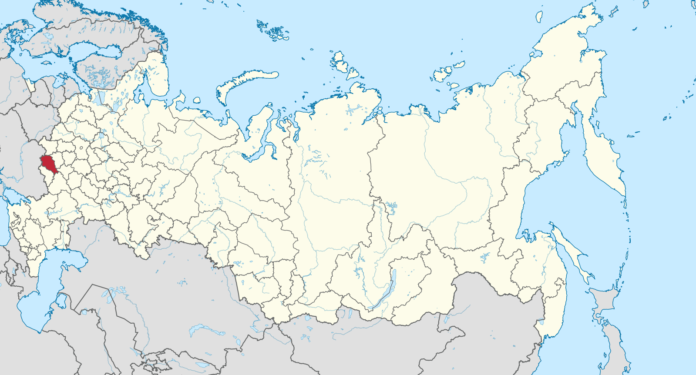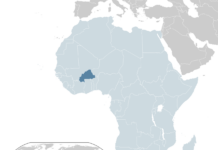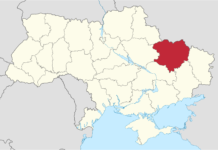Earlier today, in a continuing series of engagements, Ukrainian drones conducted operations against Russian infrastructure, striking the Mikhailovsky GOK iron ore plant. Owned by Metalloinvest, Russia’s principal iron ore producer, the facility is situated in the Kursk region’s Zheleznogorsky district, a strategic location given its proximity to vast iron ore reserves and the Ukrainian border. Despite the strikes, Russian officials and the plant management reported that there were no injuries and the plant’s operations were not halted.
The first strike was followed by a second within hours, as confirmed by Kursk governor Roman Starovoit. Following the attacks, unverified footage depicting the aftermath circulated on Telegram, displaying rising plumes of smoke and damage within the plant area. The Ukrainian GUR military intelligence agency acknowledged its role in the offensive, signaling an intensification of strategic strikes deep into Russian territory.
The recent strikes fit into a broader tactical shift, with Ukraine leveraging long-range drones to target critical Russian infrastructure. This strategy marks a pivot in Ukraine’s approach, considering its initial lack of long-range capabilities compared to Russia, and its Western allies’ cautious stance on supplying such assets. These developments come against the backdrop of an ongoing conflict, with both nations sustaining an attrition of resources and infrastructure.
On the Russian side, the attacks in the Kursk region underscore a pattern of regular assaults, with the Mikhailovsky GOK plant having previously experienced similar incidents. In December, a drone strike reportedly compromised the plant’s power supply. These continued strikes are indicative of Ukraine’s commitment to utilizing UAV technology to extend its operational reach and disrupt Russian logistical capabilities.
The Kursk region, due to its location, has been under constant scrutiny and frequent target of Ukrainian drone operations. Concurrently, other regions such as Belgorod and Voronezh, also in close proximity to the frontlines, reported drone interdictions.
The Mikhailovsky GOK site, central to Russia’s iron ore mining and processing sector, claims substantial reserves and plays a vital role in the country’s industrial output. Despite this, the facility’s resilience in maintaining operations amidst ongoing conflict presents a dual narrative of vulnerability and robustness in Russia’s industrial landscape.
The wider implications of drone use in modern warfare are underscored by these events, indicating a strategic evolution and the heightened importance of aerial unmanned systems in contemporary conflicts. The dynamic of the ongoing Ukraine-Russia conflict showcases the increasing influence of UAVs in defining the operational tempo and tactical initiatives on both sides.
This incident at the Mikhailovsky plant is but one piece in the larger mosaic of the war, reflecting the strategic, operational, and technological facets that continue to shape the conflict’s course. As the situation progresses, the international community remains observant, conscious of the evolving nature of warfare and the consequential shifts in regional stability these drone strikes entail.
Image is licensed under the Creative Commons Attribution-Share Alike 3.0 Unported license and was created by TUBS.










